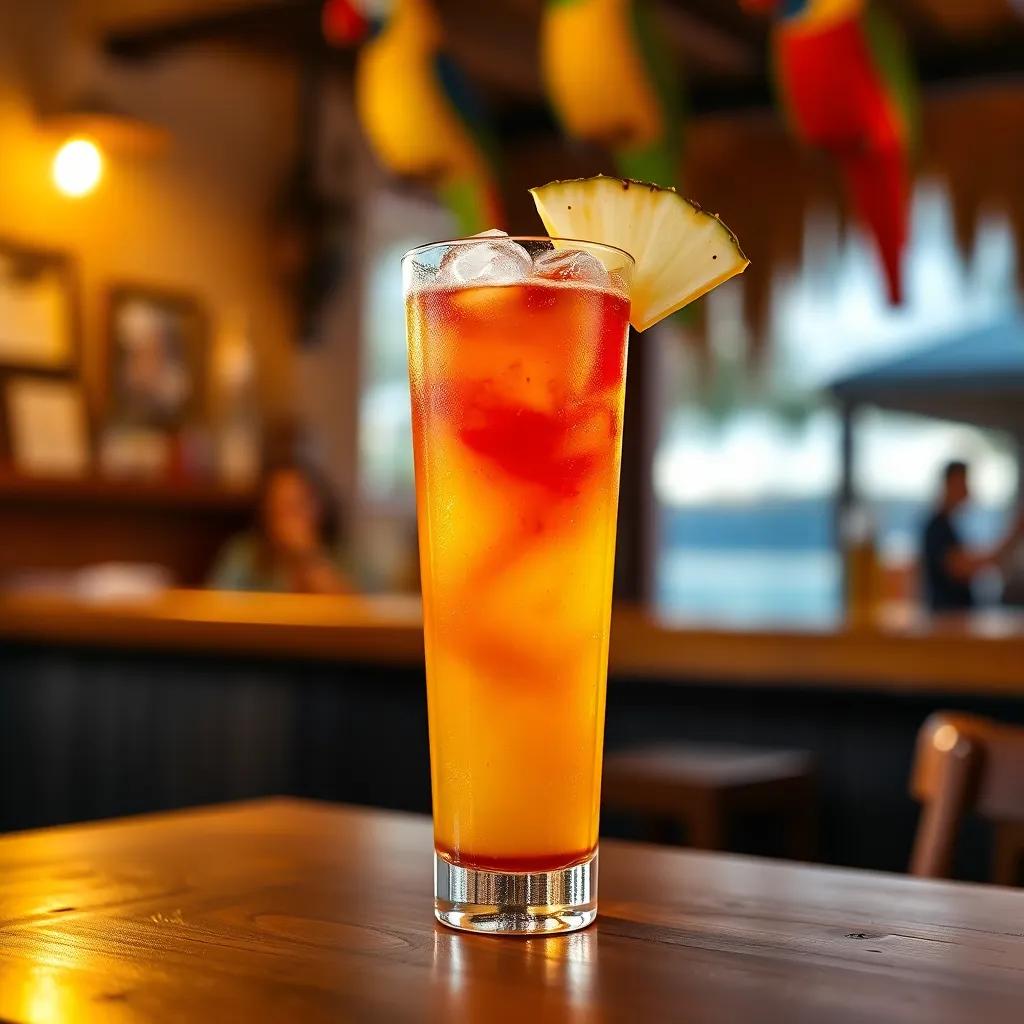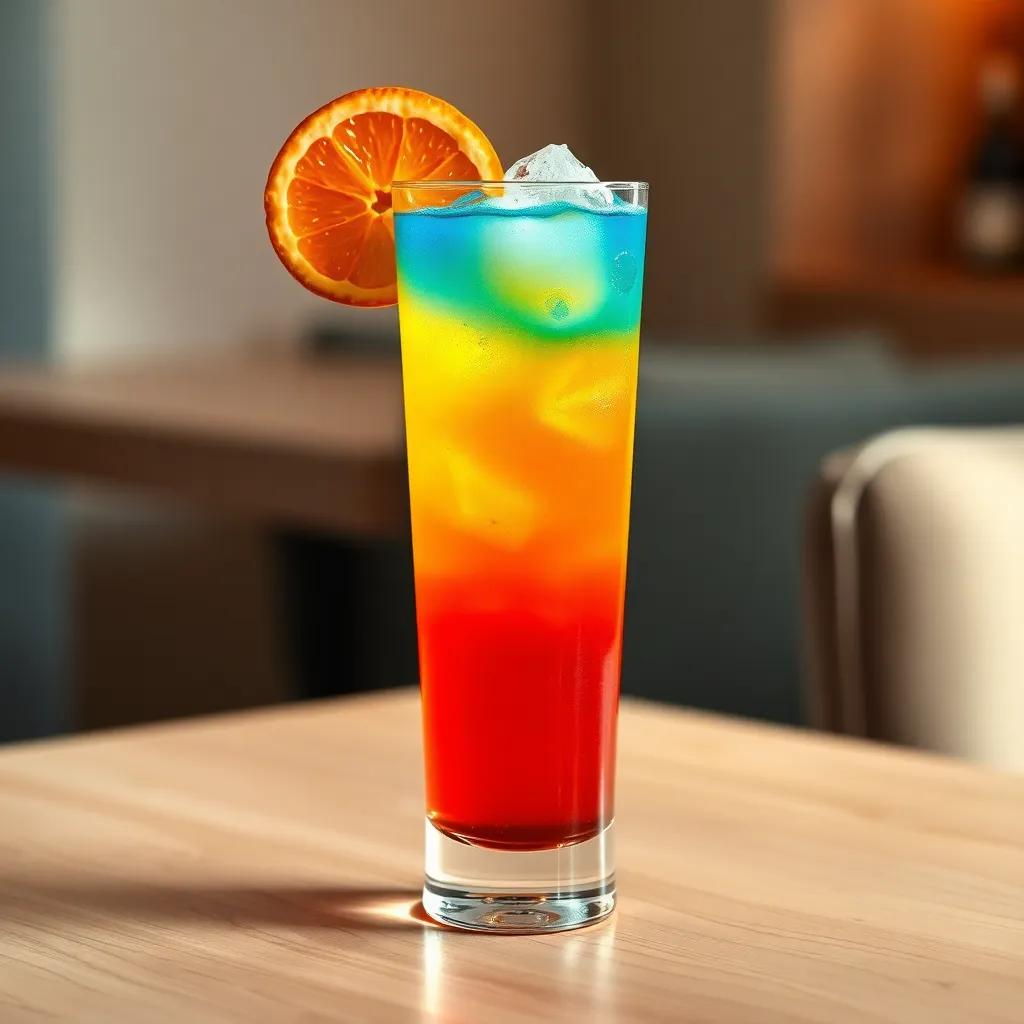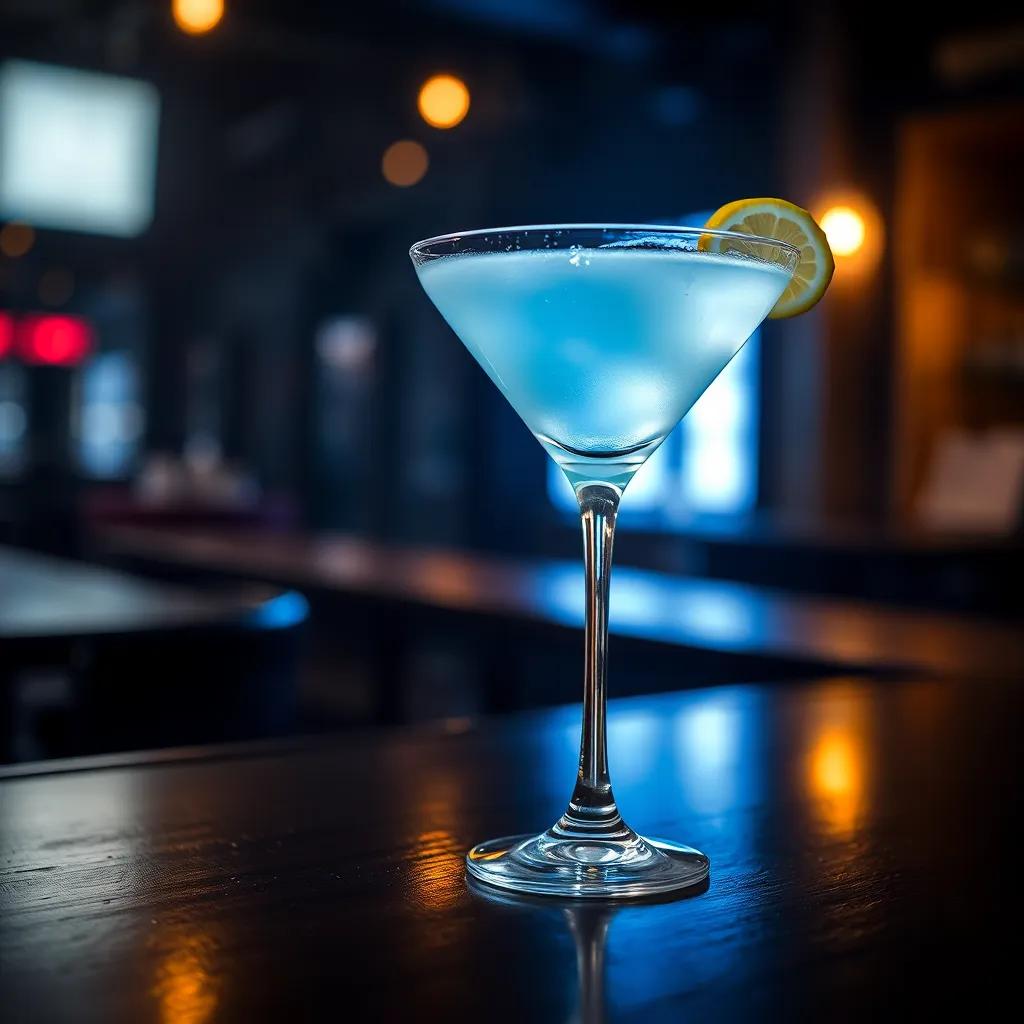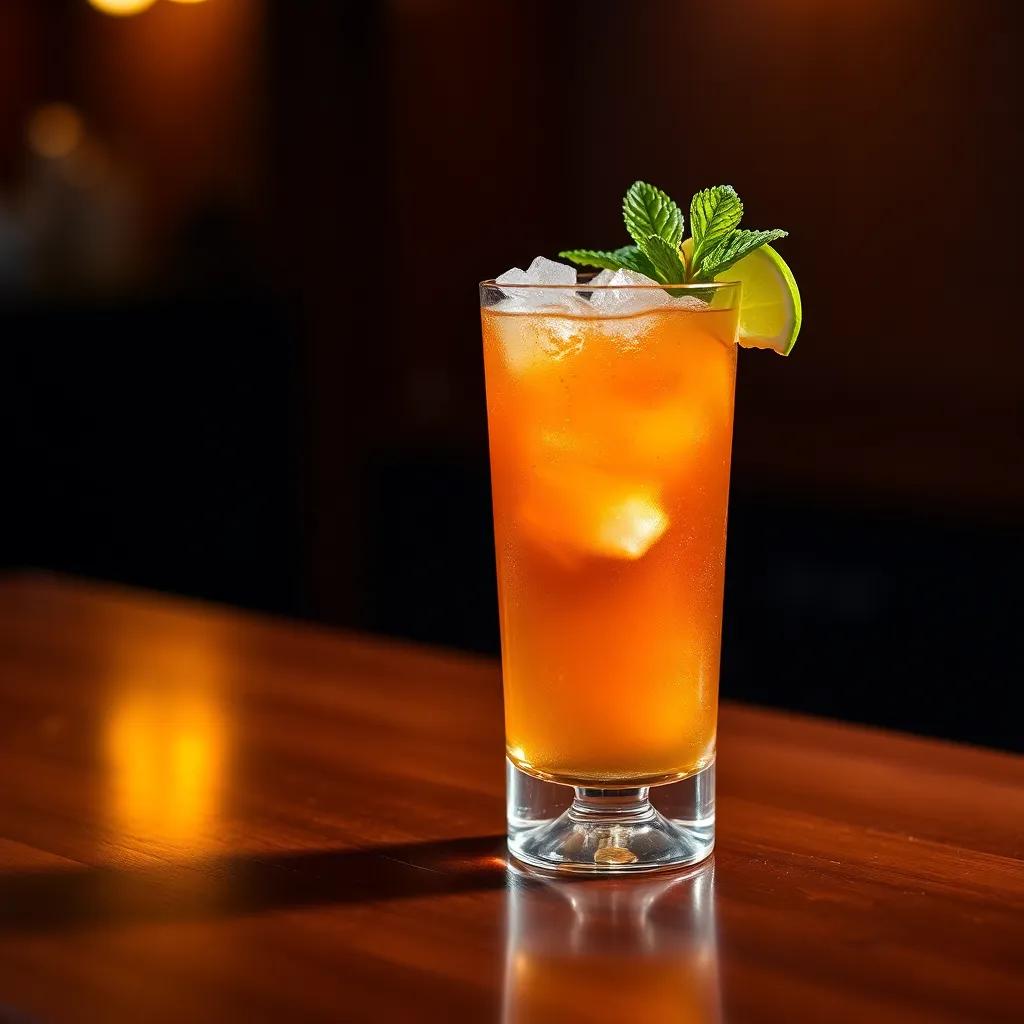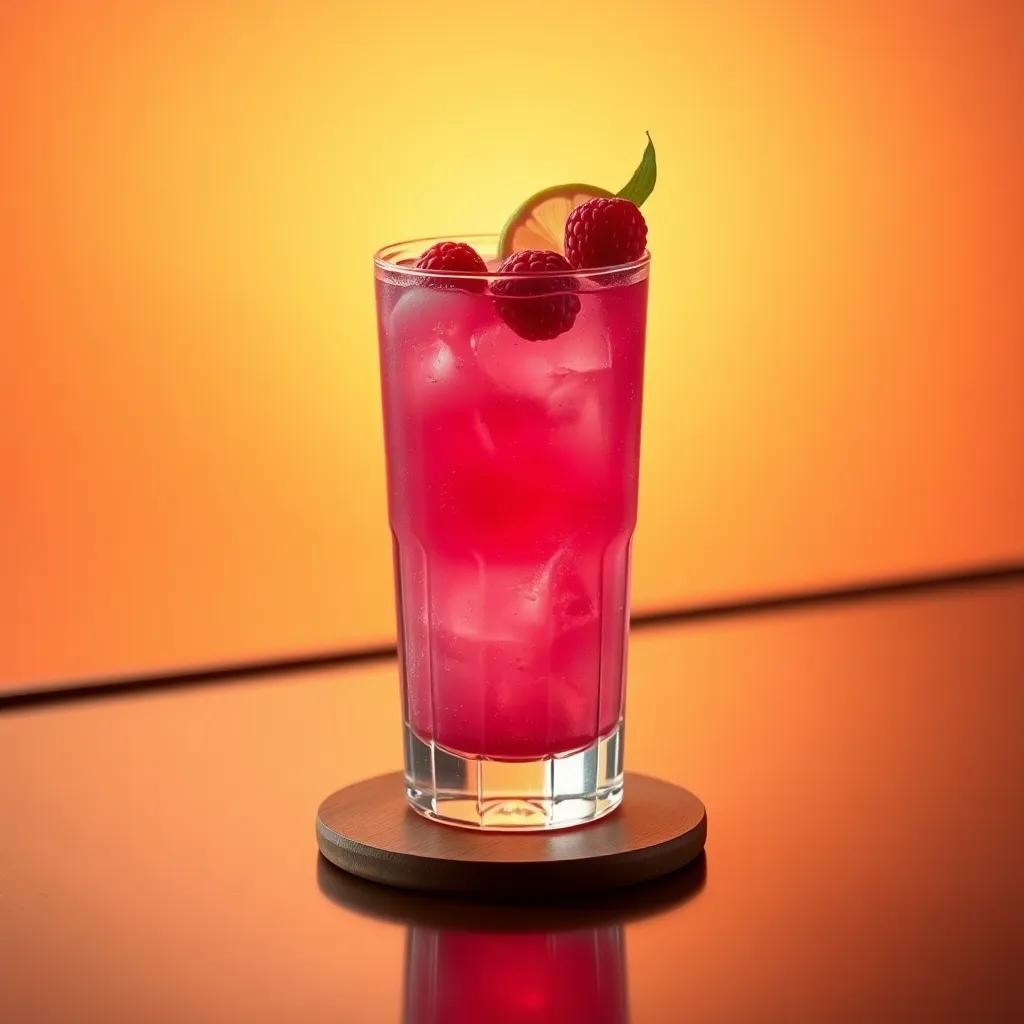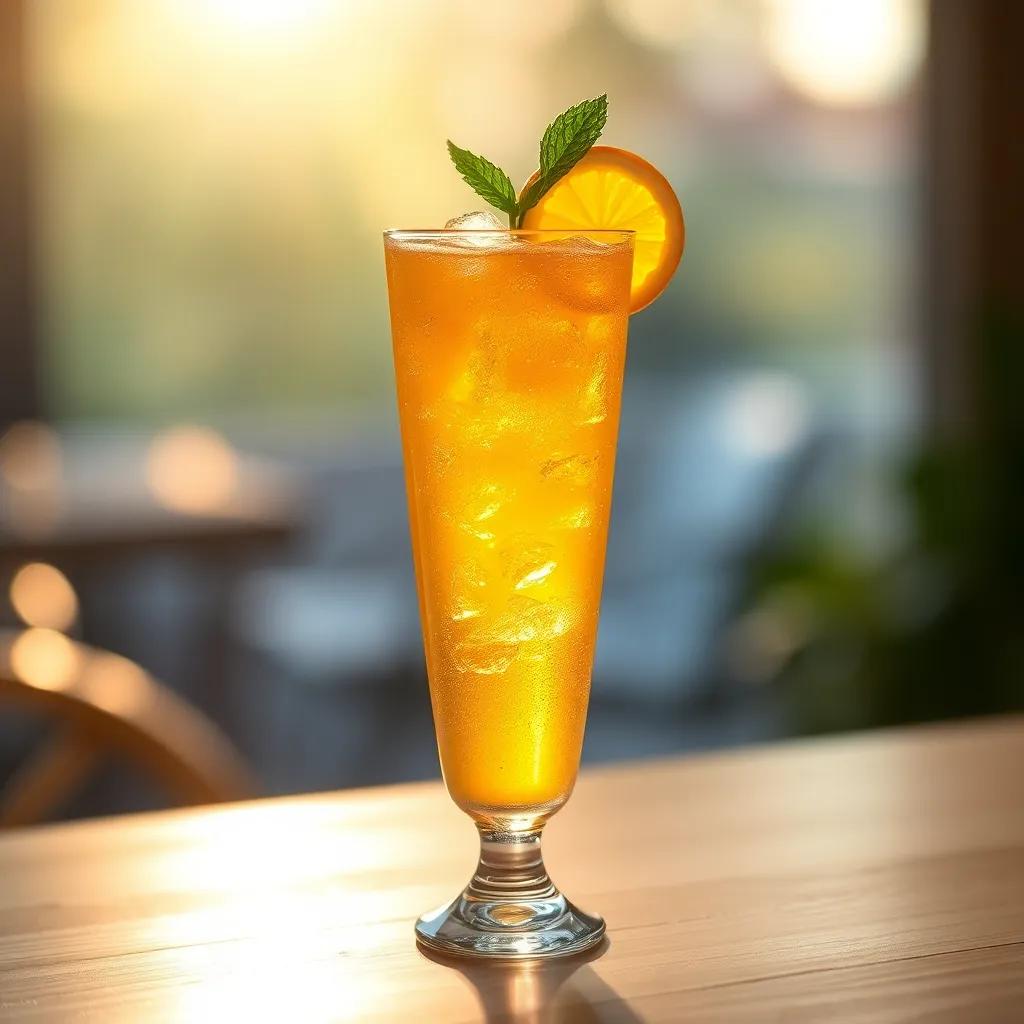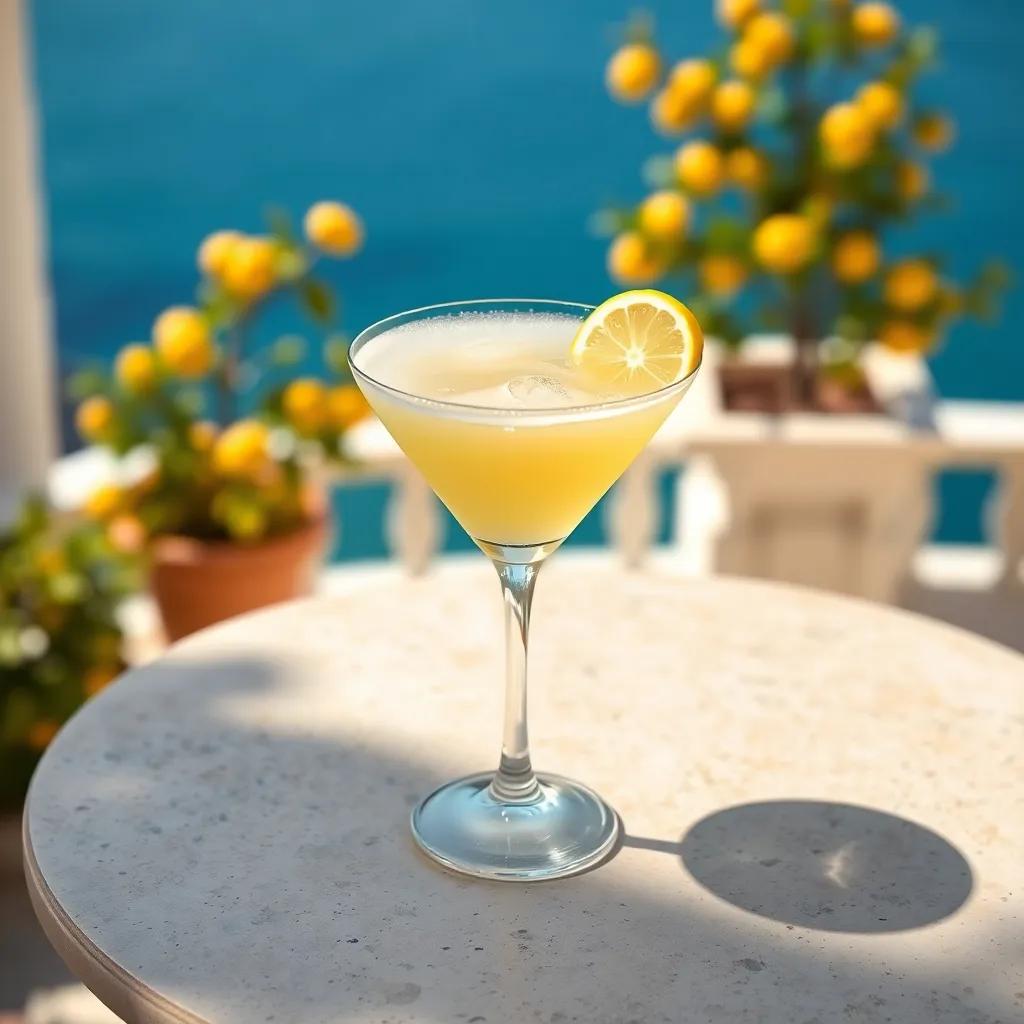
I first discovered the Princeton cocktail on a cold November night at a speakeasy-style bar tucked behind a nondescript door in Brooklyn. I was staring indecisively at the menu, trying to decide between the usual suspects, when the bartender caught my hesitation. With a subtle grin, she leaned in and said, “Trust me – try the Princeton. It’s an old-school favorite.” Her confidence was irresistible, and just one sip immediately proved her right. I was hooked.
The Princeton isn’t a superstar in the cocktail world, but perhaps that’s part of its charm. Its roots stretch all the way back to George J. Kappeler’s 1903 “Modern American Drinks,” where it was named after the storied university. It became a quiet favorite among Ivy Leaguers, but outside those gilded campus bars, it seems to have slipped through the cracks.
Strength & Profile
Note: You can tap on flavors, occasions, and feels to view more similar cocktail recipes.
The drink itself is a study in contrast and balance – a meeting of crisp London dry gin and the gentle, almost plush, sweetness of ruby port. The result is something unexpectedly smooth, layered, and understated. There’s a sophistication here you don’t find in louder, more ostentatious cocktails. The Princeton is like a tailored blazer: sharp, classic, and surprisingly versatile.
What you’ll need:
- 1½ oz gin (go with a botanical-forward London dry; Tanqueray is a great choice)
- ½ oz ruby port (Taylor’s has never steered me wrong)
- 2 dashes orange bitters
- Lemon twist, for garnish
I like to serve mine in a chilled coupe – the kind of glass that makes any drink feel a bit more special and keeps the aromas where they belong. If a coupe isn’t handy, a classic martini glass will do just fine.
To make it:
- Fill a mixing glass with plenty of ice – err on the side of more here; dilution is key.
- Add the gin, port, and bitters.
- Stir for about 30 seconds, until the mixture is good and cold.
- Strain into your waiting, chilled glass.
- Express a lemon twist over the surface, run it around the rim, and drop it in for a bit of citrus perfume.
I’ve learned that stirring isn’t just busy work – the right amount of dilution makes the drink velvety and smooth, while too little can leave it bracingly sharp. It’s worth taking your time.
If you’re avoiding booze, there’s room to improvise. I’ve made convincing non-alcoholic versions with Seedlip (a botanical spirit alternative) and a splash of concentrated grape juice with a touch of balsamic for a little complexity. No, it’s not the same, but it’s surprisingly enjoyable.
Recipe experimentation is part of the fun. I once swapped in a splash of tawny port instead of ruby, landing on what my wife now fondly calls the “Modern Princeton.” The nuttier, more oxidized flavor was a revelation – nutty and warm, with a hint of dried fruit. She actually prefers it to the classic, although I suspect this might scandalize some traditionalists.
Food wise, the Princeton is a dream with anything subtly savory, creamy, or a little salty. Try it with a handful of aged Gouda and Manchego, maybe alongside some dried apricots and almonds. It’s excellent with dark chocolate sprinkled with flaky sea salt, too – there’s something about the mix of botanicals, sweetness, and chocolate that just works. And don’t be shy about pairing it with smoked salmon on buttered rye; the soft smoke and gentle brine are a perfect complement.
One thing I love about this drink is how forgiving and open it is to little tweaks. Not sweet enough? Add a touch more port. Prefer more complexity? I sometimes sneak in a barspoon of yellow Chartreuse for a gentle herbal whiff. The base recipe is a framework, not gospel – exactly how a good cocktail should be.
The Princeton isn’t going to show up on every bar menu, but maybe that’s for the best. Discovering it feels a little like being let in on a secret. Years later, I still reach for it when I want something classic, comforting, and quietly extraordinary – just as I did on that night in Brooklyn, when a wink and a glass taught me something new about what a cocktail could be.

